Behind the Scenes at Queens’ Loew’s Valencia, once the most successful Wonder Theatre in NYC
Take the grand tour
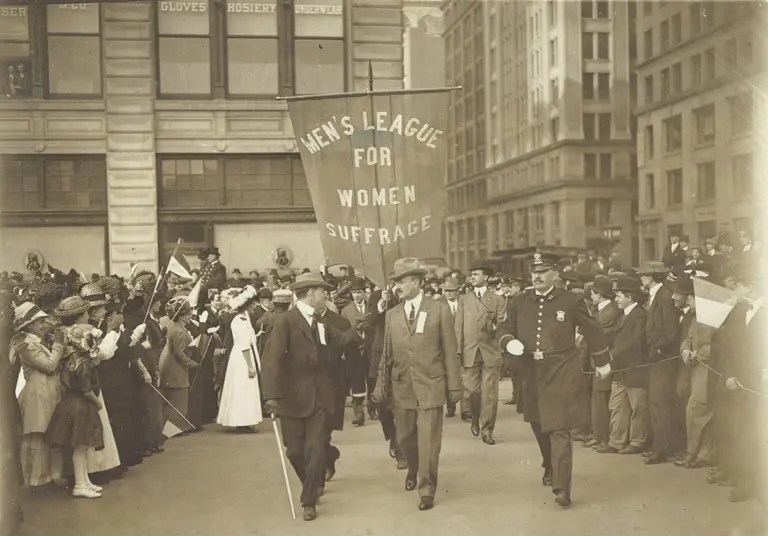
Members of the Men’s League for Women’s Suffrage March in a 1915 Suffrage Parade, via the Carrie Chapman Catt Papers at Bryn Mawr College
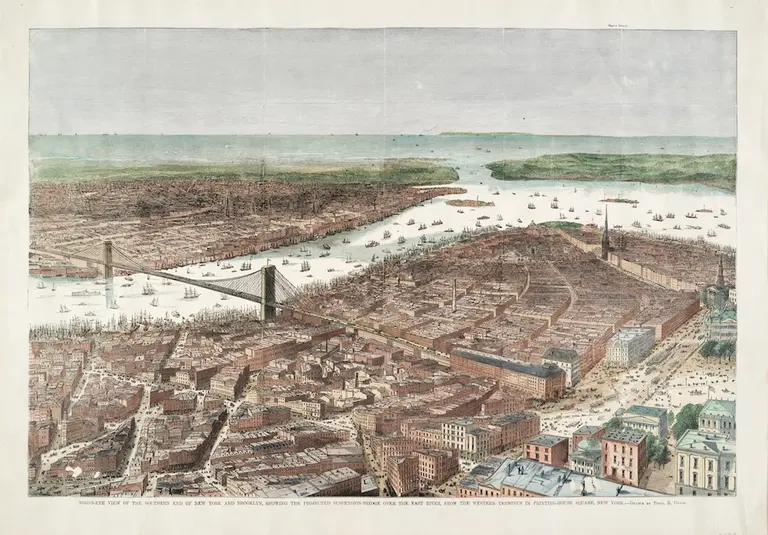
“Bird’s-eye View of the Southern End of New York and Brooklyn, Showing the Projected Suspension–bridge over the East River from the Western Terminus in Printing-House Square,” drawn by Theodore Russell Davis (1870)
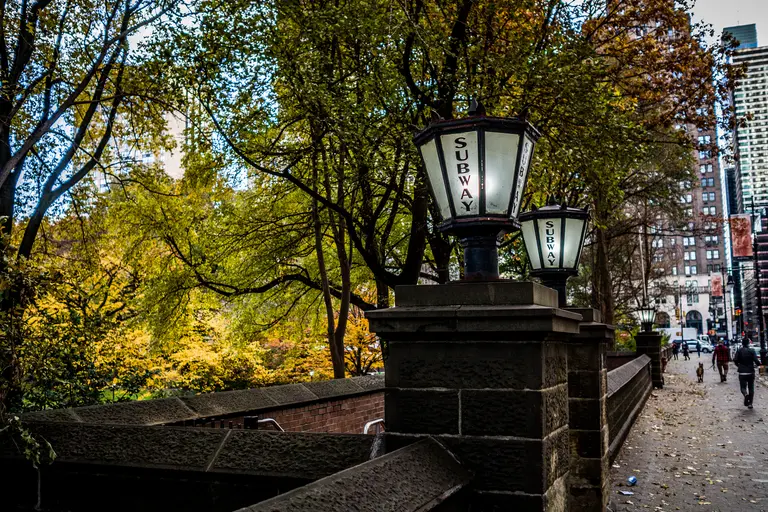
Photo by Phil Roeder / Flickr
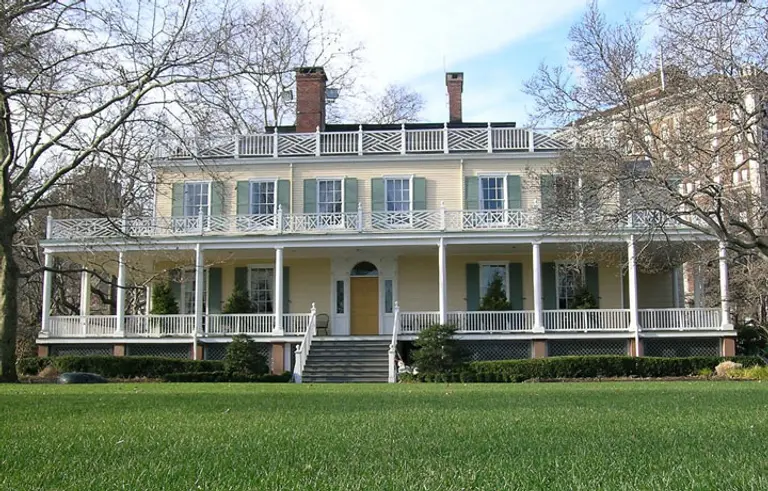
Gracie Mansion via NYC.gov
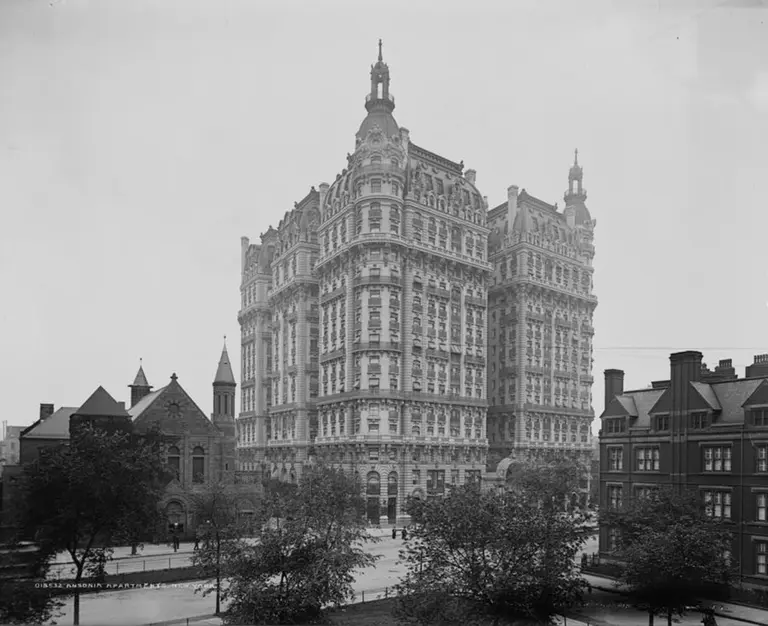
The Ansonia in 1904, via Wiki Commons
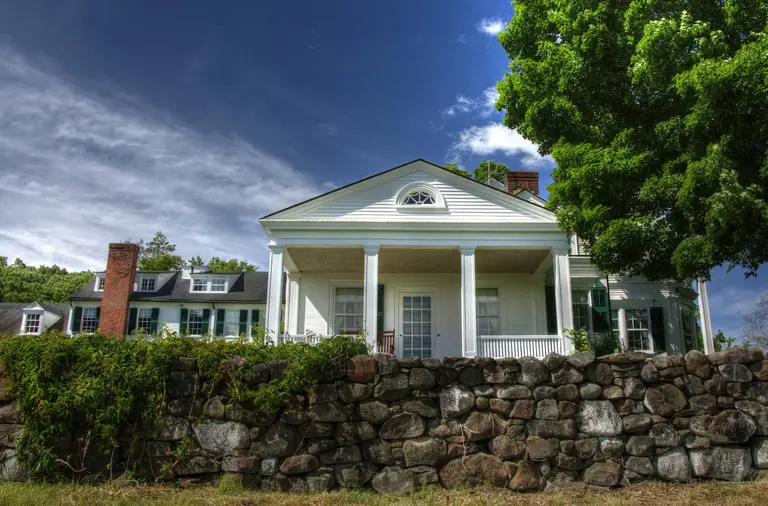
The Hill-Stead Museum via Flickr cc

Via Brian Boyd on Flickr
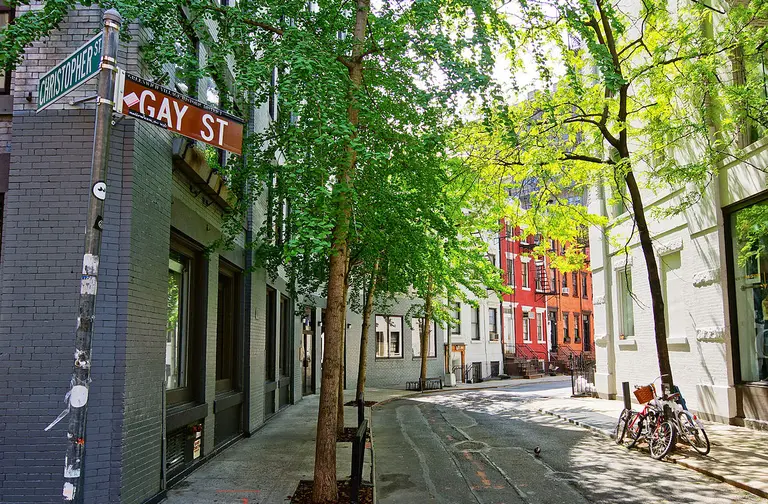
Southward view of Gay Street via Wiki Commons
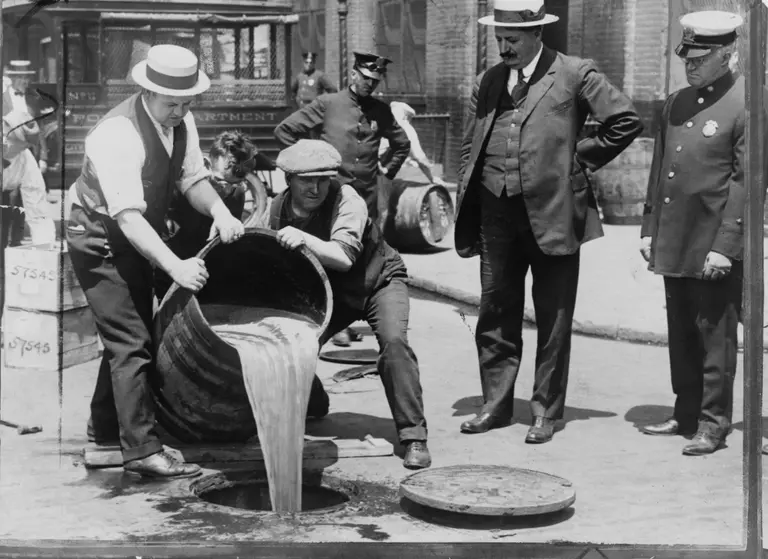
NYC Deputy Police Commissioner John A. Leach watching agents pour liquor into a sewer following a raid; via Wikimedia
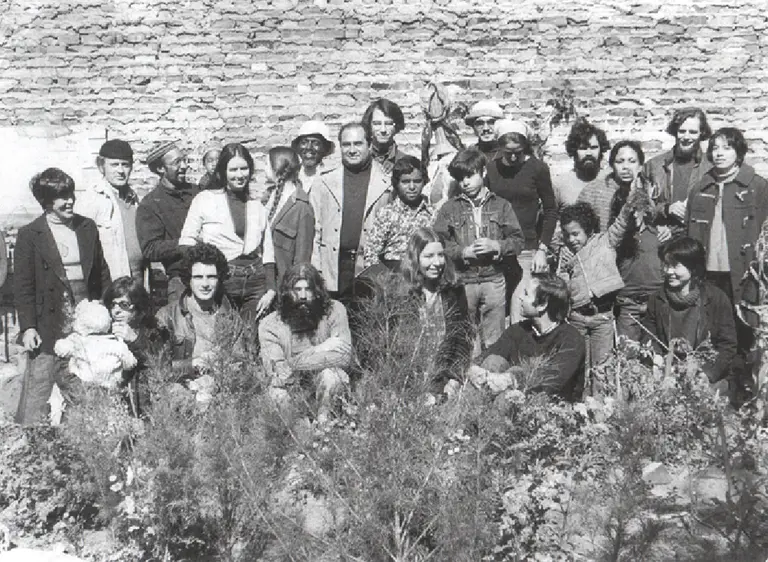
Community Gardeners at the Bowery Houston Community Farm and Garden, 1974 via Liz Christie Community Garden
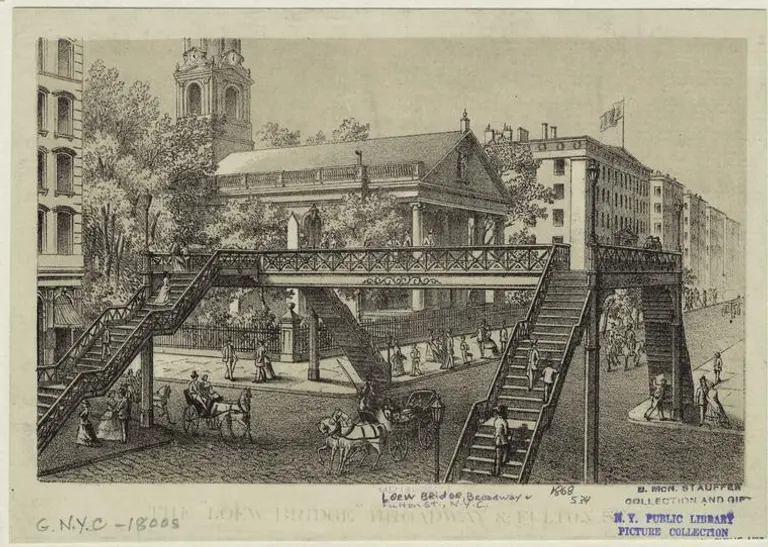
Loew Bridge ca. 1868, via NYPL